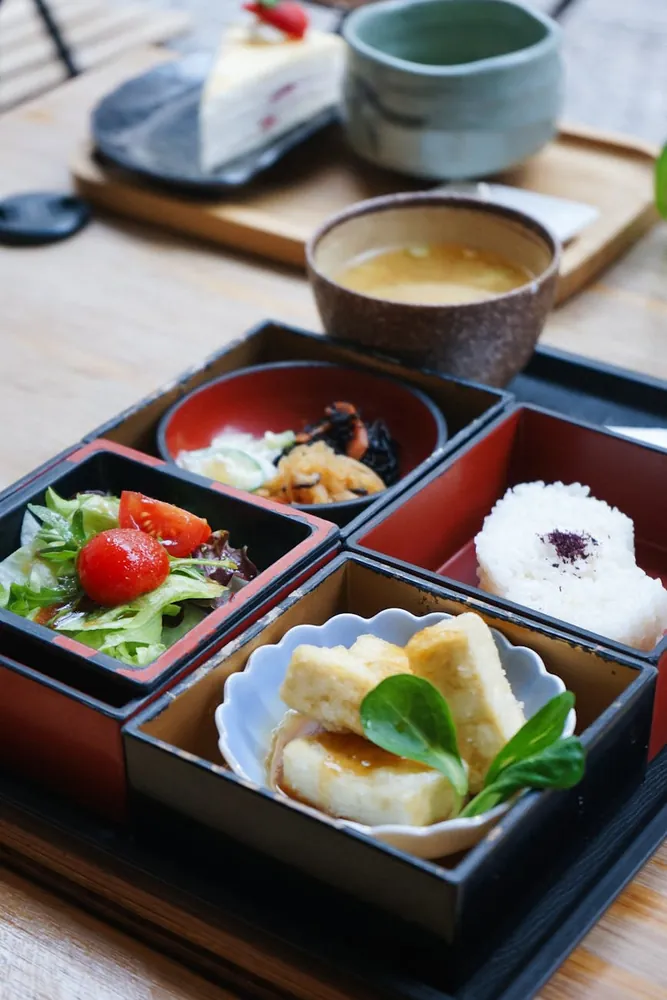An In-Depth Exploration of Traditional Japanese Tsukemono and Its Regional Styles

The Art of Tsukemono: A Taste of Tradition
Tsukemono, or Japanese pickles, represent a timeless culinary art that has been an integral part of Japanese cuisine for centuries. These colorful, flavorful accompaniments are more than just side dishes; they are a way to preserve seasonal bounty and enhance everyday meals. The practice of making tsukemono dates back over a thousand years, initially developed as a method to prolong the shelf life of vegetables. Over time, this necessity transformed into a celebrated aspect of culinary tradition, reflecting regional flavors and techniques.

Understanding the Basics of Tsukemono
At its core, tsukemono is about transformation. By using various pickling methods such as salting, brining, or fermenting, raw vegetables are metamorphosed into something distinctly unique in taste and texture. The common vegetables used include cucumbers, daikon radishes, eggplants, and cabbages, but almost any vegetable can be pickled to make tsukemono.
The process typically involves immersing vegetables in a solution or packing them in a medium that allows for fermentation. This not only helps in preserving the vegetables but also in developing complex flavors as the sugars convert into acids over time. Some common types of tsukemono include:
- Shiozuke: Simple salted pickles, where vegetables are packed with salt to draw out moisture.
- Misozuke: Vegetables pickled in miso paste, which imparts a rich umami flavor.
- Shoyuzuke: Pickled using soy sauce for a deep savory taste.
- Nukazuke: Rice bran pickles, known for their probiotic benefits and nutty flavor.
The Diversity of Regional Styles
Kansai Style: Subtle and Sophisticated
The Kansai region, encompassing Osaka and Kyoto, is renowned for its delicate approach to seasoning. Kansai-style tsukemono tend to be less salty and focus on highlighting the natural flavors of the ingredients. One popular variant from this area is Senmaizuke, a lightly sweetened pickle made from thinly sliced turnips flavored with kombu (kelp) and chili peppers.
Kanto Style: Bold and Briny
The Kanto region, including Tokyo, favors a bolder approach with stronger flavors. Kanto-style tsukemono often use soy sauce or miso as a base. Takuan, a bright yellow pickled daikon, is a classic example from this region. It's traditionally fermented with rice bran and sometimes colored with turmeric for its distinctive hue.
Northern Delights: Hokkaido's Unique Take
In the cold climate of Hokkaido, preservation is key. The region offers unique styles such as Ikura zuke, where salmon roe is pickled in soy sauce and sake. This highlights the region's rich seafood heritage. Additionally, Jingisukan zuke, a pickle paired with grilled lamb dishes, shows the influence of both agricultural practices and culinary innovation.
Comparing Techniques: When to Use Each Method
The choice of pickling method largely depends on the desired outcome in terms of flavor and preservation duration:
- Salt-based Pickling (Shiozuke): Best for quick pickles that maintain their crunchiness. Ideal for beginners due to its simplicity and quick turnaround time.
- Miso Pickling (Misozuke): Suitable for those seeking deep umami flavors. This method works well with sturdy vegetables like carrots or hard-boiled eggs, which can absorb the intense taste of miso over longer periods.
- Soy Sauce Pickling (Shoyuzuke): Provides a robust flavor profile, excellent for enhancing rice dishes or as a side to grilled meats. The process is relatively fast compared to fermentation.
- Fermentation (Nukazuke): Perfect for probiotics enthusiasts who want to benefit from gut-friendly bacteria. Requires maintenance of the pickling bed (nuka) but rewards with complex flavors and health benefits.
Creating Your Own Tsukemono at Home
Embarking on making tsukemono at home is both rewarding and accessible. Here's a simple guide to get you started with Nukazuke, one of the more challenging yet gratifying types:
- Prepare Your Nuka Bed: Start by mixing rice bran with salt, water, and your choice of spices (garlic, chili peppers). Ensure the mixture has the consistency of wet sand.
- Add Vegetables: Bury your choice of washed and cut vegetables completely in the nuka mixture.
- Maintain the Bed: Stir the nuka daily to prevent mold growth and ensure even fermentation. This process can take several days to weeks depending on ambient temperatures.
- Taste and Adjust: Once the desired sourness is achieved, rinse off the excess nuka before serving your tsukemono.
Remember to store your nuka bed in a cool place between uses and top it up with fresh bran periodically.
Cultural Significance and Modern Innovations
Tsukemono are much more than just food; they hold cultural significance in Japan. Often found in traditional meals like ichiju-sansai, which includes one soup and three side dishes, these pickles play an essential role in balancing flavors and textures within a meal.
In recent years, there has been a resurgence of interest in tsukemono outside Japan, thanks to their health benefits and versatility. Modern chefs are experimenting by incorporating non-traditional ingredients such as beets or experimenting with different spices to create fusion pickles that honor tradition while embracing innovation.
The Final Word: A Delicious Journey
Diving into the world of tsukemono offers not only a glimpse into Japan's rich culinary history but also an opportunity to engage in an age-old practice that celebrates seasonal produce and regional diversity. Whether you choose to follow traditional recipes or innovate your own creations, tsukemono allows you to savor the very essence of time-honored Japanese cuisine.
 TrendLayer
TrendLayer